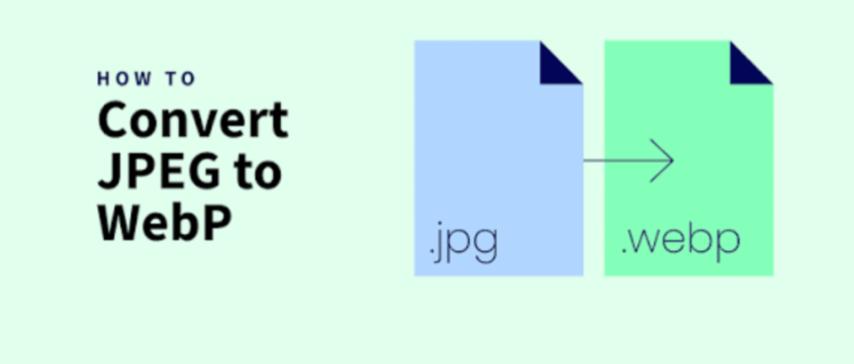
JPG to WEBP Converter – The Smart Way to Optimize Your Images
Created on 6 October, 2025 • Image Manipulation Tools • 23 views • 2 minutes read
Converting JPG to WEBP is a simple yet powerful step toward optimizing your website for speed and performance.
In today’s digital world, website performance and image quality play a crucial role in user experience. If you want faster loading times without losing image clarity, converting JPG to WEBP is one of the best solutions. WEBP is a modern image format developed by Google that offers superior compression, making it ideal for websites, online stores, and blogs. Let’s explore why you should switch from JPG to WEBP and how it can benefit your digital content.
Why Convert JPG to WEBP?
JPG (or JPEG) has been the most widely used image format for decades. It provides good quality at reasonable file sizes, but with today’s high-resolution displays and performance demands, it’s starting to show its age. WEBP, on the other hand, is designed for the modern web.
Here are the main reasons why converting JPG to WEBP is a smart move:
- Better Compression:
- WEBP reduces image size by up to 30–40% compared to JPG without noticeable quality loss. This helps your website load faster and saves storage space.
- Improved Quality:
- WEBP supports both lossy and lossless compression. This flexibility allows you to maintain image clarity while reducing file size.
- Transparency Support:
- Unlike JPG, WEBP supports transparent backgrounds (like PNG). This makes it perfect for web design, logos, and overlays.
- SEO Advantage:
- Since Google developed WEBP, using this format can indirectly benefit your SEO. Faster-loading pages improve user experience, which can lead to better search rankings.
How to Convert JPG to WEBP
Converting JPG to WEBP is quick and easy using various online tools or software. Here’s how you can do it:
1. Online Conversion Tools
There are many free online converters available. Simply upload your JPG file, choose WEBP as the output format, and download the converted image.
2. Using Image Editing Software
Programs like Photoshop, GIMP, or IrfanView allow you to export images in WEBP format directly. You can also adjust compression levels and quality settings for optimal results.
3. Command-Line Conversion
For developers, using tools like cwebp (Google’s official command-line encoder) provides more control. You can batch convert multiple images while fine-tuning compression levels.
Benefits of Using WEBP Format
Switching from JPG to WEBP isn’t just about reducing file size—it’s about improving overall performance. Here’s what you gain:
- Faster Website Load Times: Smaller image files mean quicker page loading, improving user engagement.
- Reduced Bandwidth Usage: Ideal for websites with high traffic, saving hosting costs.
- Cross-Browser Compatibility: WEBP is supported by all major browsers including Chrome, Firefox, Edge, and Safari.
- Enhanced Visual Quality: Maintain vibrant and detailed visuals even with reduced file size.
Conclusion
Converting JPG to WEBP is a simple yet powerful step toward optimizing your website for speed and performance. This modern format ensures that your images look stunning while minimizing file size—benefiting both users and search engines.
Whether you manage an e-commerce site, a blog, or a digital portfolio, using WEBP images will make your content load faster, rank better, and look more professional. Start converting your JPG to WEBP today and take your online presence to the next level.